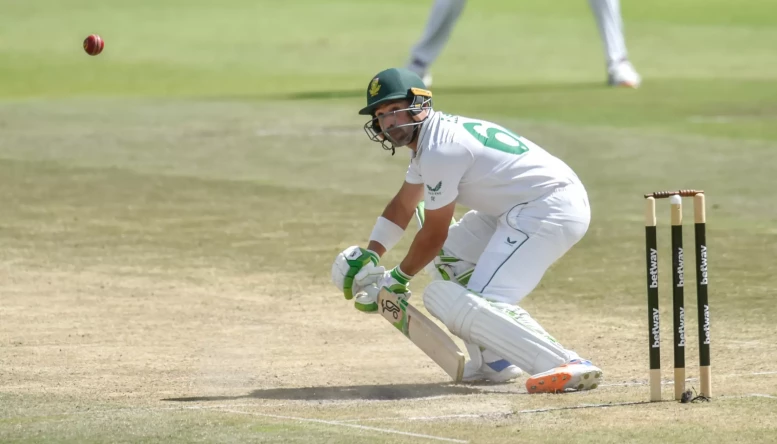Cricket News: South Africa, West Indies, and an eerily similar path to Test cricket irrelevance
Much of the talk surrounding Test cricket's future is often positive, mainly because the World Test Championship has led to more matches finishing with results.
 South Africa
South AfricaHowever, one factor ignored in such talks is the number of teams in the nine WTC sides invested in success in the most extended format of the game.
The 'Big 3' – India, Australia and England – most certainly are, and the same can be said about New Zealand, who will forever be the first holders of the WTC mace.
Pakistan are also serious about becoming a better Test cricket nation, but what about other countries? Sri Lanka and Bangladesh are far more focused on white-ball cricket.
It is easy to understand why ODI and T20I cricket generates more money and becomes a bigger priority for cricket boards struggling to make ends meet.
But that can be a dangerous path to embark upon. Just look at the cases of South Africa and the West Indies for proof.
<blockquote class="twitter-tweet"><p lang="en" dir="ltr">The South African squad that should have been playing today, half the current squad avarege 30's at first class level. <a href="https://twitter.com/hashtag/proteas?src=hash&ref_src=twsrc%5Etfw">#proteas</a> <a href="https://t.co/1zGCCif68P">pic.twitter.com/1zGCCif68P</a></p>— G1Select (@G1Select) <a href="https://twitter.com/G1Select/status/1607212084051476481?ref_src=twsrc%5Etfw">December 26, 2022</a></blockquote> <script async src="https://platform.twitter.com/widgets.js" charset="utf-8"></script>
In very different ways but with reasons rooted in a pursuit of white ball cricket, both teams are now a shadow of their former selves in the Test arena.
In the West Indies, the issue was about losing big players to league cricket, which offered them more money and less pressure on their bodies.
It did not help that the West Indies Cricket Board was often antagonistic to players, which would often lead to issues around selections.
But players' main focus was not more often than not about representing the West Indies anymore. Instead, it became about money – thus, the Caribbean lost a lot of talent.
In South Africa, things were different. It wasn't too long ago that their Test team featured the likes of AB de Villiers, Faf du Plessis, Hashim Amla, Morne Morkel, Jacques Kallis, Mark Boucher and many other greats.
But after the so-called golden generation, there has been a gap that was never quite bridged. This did, in many ways, come back to white ball cricket.
Cricket South Africa found itself in need of funds and thus prioritised the white ball game, trying and failing and trying again to launch new T20 leagues.
This was done out of necessity since the board felt it was the best way to generate income and make the game's future more sustainable.
But the result has been a de-prioritisation of the Test team, leading to not only a lack of proper talent but also no shirt sponsors for the Test side – a damning indictment of where it is the general trend of South African cricket was.
How reversible is this trend? As England and Australia have shown, Test teams flourish only when the administration takes them seriously.
Let them fall to the wayside, and long-term decline is as inevitable as it is painful. And that is where both the Windies and Proteas are now.
Whether a revival is on the way is still being determined. But the similarities in their decline cannot be ignored – and it works as an excellent warning to other nations.
Editor's Picks
- 01
Brendon McCullum: England ready to be 'really brave' in team selection for India series
- 02
Diogo Jota inspires Liverpool surge as injuries fail to dampen Premier League lead
- 03
Cameron Norrie ready to go toe-to-toe with the big boys after stellar Australian Open run
- 04
Maxwel Cornet confident of scoring run after opening West Ham account